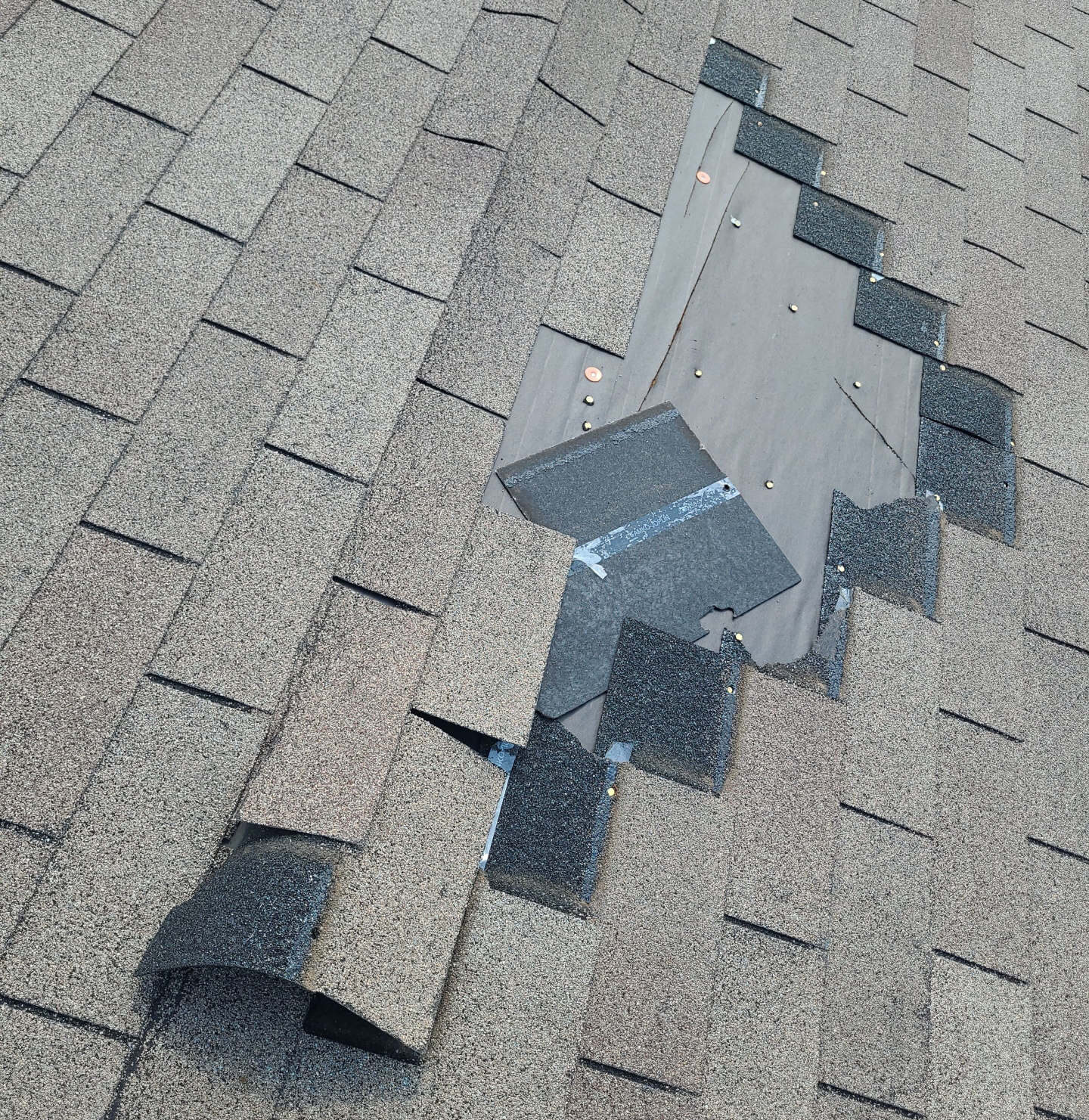As the summer heat gives way to dark clouds looming on the horizon, homeowners in monsoon-affected regions are bracing for the annual arrival of monsoon season. Spanning the summer months in many parts of the world, including the southwestern United States, monsoon season brings with it the promise of relief from scorching temperatures and parched landscapes.
However, it also brings risks that can pose significant challenges to homeowners and their properties. The hazards posed by monsoon season, which include flooding, water damage, and wind-related roof and structural damage, demand vigilance and preparedness from homeowners.
In this article, we’ll cover essential tips and actionable strategies to safeguard your home against annual monsoon risks.
What Is the Monsoon Season?
Monsoon season isn’t just a period of heavy rainfall; it’s a seasonal shift in weather patterns driven by the interaction of temperature differentials and atmospheric pressure systems. As summertime temperatures heat the land, shifting winds carry moisture from the Pacific and Gulf of California to the Southwest through summer thunderstorms. In regions like the southwestern United States, the arrival of monsoon storms heralds a mix of torrential downpours, powerful winds, and occasional hailstorms.
Typically, monsoon season runs for about three months, from June 15 to September 30, and drops approximately 5 inches of rain. This rainfall is essential to areas like Arizona and New Mexico, which average less than 13 inches and 14 inches of annual rainfall, respectively. These states also account for over 15% of all lightning strikes in the lower 48 states, with more than 1.5 million lightning strikes each .
While monsoons play a vital role in replenishing water sources and nourishing ecosystems, they also bring with them a host of risks that can wreak havoc on homes and communities. Let’s review some ways that you can prepare now before disaster strikes.
Essential Tips to Prepare Your Home Before a Monsoon Hits
As monsoon season approaches, homeowners must take proactive steps to safeguard their properties against the potential risks posed by heavy rains, strong winds, and flooding. From clearing gutters to inspecting roofs and securing outdoor furniture, here are some essential tips to help you prepare your home for the monsoon season.
1. Clear Gutters and Downspouts
Clogged gutters can prevent proper drainage, leading to water overflow and potential water damage to your home’s foundation, walls, and landscaping. Ensure gutters and downspouts are free of leaves, branches, and other debris to allow rainwater to flow freely away from your home.

2. Inspect and Repair the Roof
Check your roof for any signs of damage or deterioration that may compromise its integrity during heavy rainfall. Look for loose or missing shingles, cracked flashing, and damaged seals around vents and chimneys. Promptly repair any issues to prevent water intrusion and potential leaks that could lead to costly interior damage.
3. Secure Outdoor Furniture and Decor
Strong winds accompanying monsoon storms can turn outdoor furniture and decor into projectiles, posing a threat to your home and neighboring properties. Secure patio furniture, umbrellas, and other outdoor items by anchoring them or bringing them indoors before the onset of severe weather. Store lightweight items in a shed or garage to prevent them from being blown away or causing damage.
4. Trim Trees and Shrubs
Overhanging branches and overgrown shrubs can become hazardous during monsoon season, particularly if they are weak or dead. Trim back trees and shrubs to prevent branches from breaking off and causing damage to your home or vehicles during high winds. Additionally, removing dead or diseased branches reduces the risk of them falling and causing injury or property damage.

5. Seal Doors and Windows
Ensure that doors and windows are properly sealed to prevent water intrusion and drafts during heavy rainfall. Check for gaps, cracks, or worn weatherstripping and replace as needed to maintain a watertight seal. Installing storm shutters or protective coverings can provide an extra layer of defense against wind-driven rain and debris.
6. Check Sump Pumps and Drainage Systems
If your home has a sump pump or drainage system, ensure it is in good working condition before monsoon season arrives. Test the sump pump to ensure it activates properly and clears water away from your home’s foundation. Clear any debris from drainage systems to prevent water backup and potential flooding in basements or crawl spaces.
7. Create an Emergency Kit
Prepare an emergency kit containing essential supplies such as flashlights, batteries, nonperishable food, water, a first-aid kit, and important documents. Keep the kit in a designated location that is easily accessible in case of power outages or evacuation orders during severe weather events.
ATI Is Ready to Help During Monsoon Season
By following these essential tips, homeowners can take proactive measures to protect their properties and loved ones during monsoon season. Preparation is key to minimizing the impact of severe weather on your home.
If you suffer from water damage as the result of a monsoon, storm, or for any other reason, ATI is here to help. Reach out to us today to learn more about our restoration services.